If you believe in magic, support mystical theories and consider yourself a spiritual person–Learn how to create a Witch’s Garden!
EVEN IF YOU’RE SHORT OF SPACE, YOU CAN START YOUR WITCH’S GARDEN IN CONTAINERS AS WELL, FOLLOWING THIS ARTICLE.
Preparing the Garden Bed
The garden is an excellent starting point to establish communion with nature and heal in the process. You see there is a touch of magic in all forms of wildlife and everything natural contributes to replenishing the life force energy in and around your home. Your first step in creating a witch’s garden is to build a place of solitude in the midst of greenery and cleanse it using the elements. Wash off any hint of chemicals on the plot before proceeding to sow your seeds. Don’t work around in muddy shoes as that can transmit diseases and impurities.
Withdrawal from chemical dependency is your primary objective for the first year of your witch’s garden. Consider growing crops like legumes and beans at first, as they replenish the soil with nitrogen and improve its quality. Growing tobacco plants is a good idea, as they are sturdy and disease-resistant.
Create an Altar
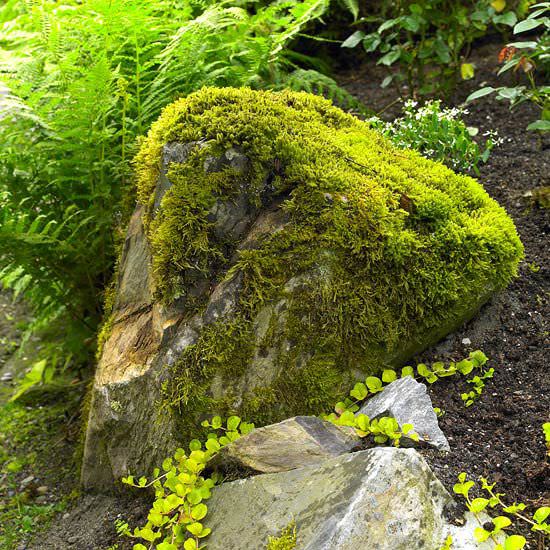 An altar or a meditative spot is a nice way to add a witchy touch to your garden. Creating your private spot in the lap of nature will make you feel sacred, accomplished and blessed. Here are some ways to create an altar:
An altar or a meditative spot is a nice way to add a witchy touch to your garden. Creating your private spot in the lap of nature will make you feel sacred, accomplished and blessed. Here are some ways to create an altar:
- Find a nice big stone covered with a blanket of moss to sit on while meditating.
- Use privacy screens with tall plants grown in raised beds or repurposed stock tanks to shield the area and to get some solitude.
- Create a nice summer display using a basket brimming with flowers of lavender and nasturtiums.
- Bring a small table outdoors and place a tree stump and a stack of stones on it. Alternatively, you can keep a bowl of logs salvaged from your own yard. Light a few votive candles, and you’re good to go!
Find more ideas here!
Choosing Plants for a Witch’s Garden
In the olden days, practitioners of metaphysics and magic used to create extensive gardens replete with herbs, trees, vegetables, and edible flowers. Stories of witches harvesting by the moonlight, or collecting herbs in the midnight and speaking to the trees are abundant in folklore. Medicinal herbs and health-promoting flowers are the highlights of a witchy garden. While there is no hard-and-fast rule about choosing plants for your witchy garden, you can always take inspiration from the following list below.
1. Rosemary
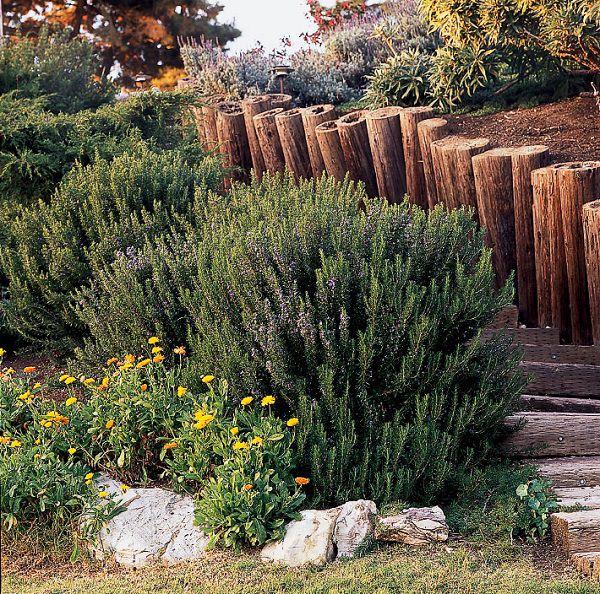
It does well in the sun, requires little watering and can be grown in containers as well. While it’s a low-maintenance herb, it doesn’t do well in shade and moist soil. Rosemary is known to have protective properties. It heightens cognitive awareness and is often used in white magic to induce feelings of love and healing.
2. Calendula
Easy to grow by seed, calendula is a beautiful warm colored annual flower that is edible too. It signifies hope and optimism. You can toss it into green salads or sprinkle on top of couscous or use it to color foods naturally. Also, you can place it on the altar along with lavender to protect your rituals from malevolent forces.
3. Basil
Basil is a culinary herb prized for its medicinal and magical properties as well. It grows easily and doesn’t require extensive care. Enriched with essential oils, the aromatic leaves of basil are known to attract money luck or uplift your senses, at least!
4. Mint
Mint is an all-time favorite of classical witchy gardens. But it’s an invasive herb and is quick to take over space if left unchecked. That is why it’s better to grow it in pots away from your other plants. This sweet, vibrant herb is known to attract money and love, as well as treat various digestive problems from scratch. Mint is often kept on the meditative altar to ward off evil, call good spirits, and aid in magic.
5. Lavender
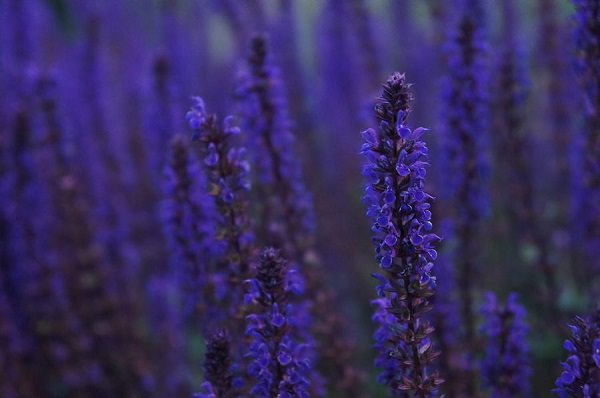
Considered to be the Holy Grail of aromatherapy, lavender is one of the most important culinary and medicinal herbs out there. It’s also an edible flower and finds use in baked dishes and summer lemonades.
6. Chamomile
Chamomile can be used as a beautiful ground cover and in fact as a lawn alternative for a witchy garden. Chamomile leaves are routinely added to teas that improve the quality of sleep.
7. Sage
Besides being a popular ingredient in holiday meals, sage is important for various magical purposes. It is a member of the mint family and sports blue/purple blooms. It’s easy to maintain as it has low watering needs and requires full sun. Sage has been used for thousands of years in the treatment of digestive and inflammatory diseases. It is known to increase fertility, repel evil forces, bring immortality, as well as grant wishes.
8. Lemon Balm
Lemon balm is native to Asia and Mediterranean parts of Europe. It does best in partial shade and is often planted in gardens for attracting bees and butterflies. Lemon balm promotes restful sleep and helps with various digestive problems. Additionally, its scent is known to cure depression and soothe the anxious soul.
9. Lilacs
Gorgeous and fragrant, lilacs are thought to bring about an instant feeling of calm and peace to the observer. It symbolizes new beginnings as it usually blossoms during the transition time from autumn to spring.
10. Dianthus
A popular staple of baked dishes (the flower petals are edible), dianthus is prized for its attractive pink blooms that can be used to garnish cookies and cakes. They are mildly spicy and symbolize longevity and wellness.
A Few More Witch’s Garden Plants
- Yarrow
- Nettle
- Foxglove
- Hellebores
- Poppy
- Comfrey
- Nasturtiums
- Henbane
- Nightshades
- Wolf’s Bane
- Belladonna
- Patchouli
- Peppermint
Tips for Choosing Plants for a Witch’s Garden
Sometimes, plants that are believed to be apt for the witch’s garden are toxic to animals and children. These include datura, poppy, belladonna, and Mandrake.
- When planning a witch’s garden, find out the harvesting times for plants. The sensible idea is to pick a wide selection of plants that mature at different seasons of the year and add texture, interest and visual variety to your garden.
- Choosing plants in such a way that something or the other is always blooming is a unique way to maintain visual appeal while supporting pollinator species in the process.
- If you are keen on planting poisonous and edible plants both, ensure that the nontoxic ones are separated clearly from the toxic ones, and labeled as well to avoid any confusion.
- Select plants that you are interested in, or connect with. Do you love adding chamomile in your teas? Do you carry packets of lavender in your purse? Think of all the plants you like and use often, and shortlist those that adapt well to your planting zone.
Tending to a Witch’s Garden
Mulch
 Mulching is a nice way to limit weeding and water requirements. Use color-free newspapers, wood chips, hay, straw and organic compost to mulch. All of these are natural substances that decompose gradually to release vital nutrients into the soil and feed the plants.
Mulching is a nice way to limit weeding and water requirements. Use color-free newspapers, wood chips, hay, straw and organic compost to mulch. All of these are natural substances that decompose gradually to release vital nutrients into the soil and feed the plants.
Compost
Composting serves to unleash the power of the nutrients from the substances you toss into the compost pile.
- Start by making a 4-feet diameter spot in a partially sunny spot of your garden.
- Then layer about 5 inches of brown carbon materials, followed by 1-2 inches of green nitrogen materials.
- Popular carbon materials include crop residues, garden debris, hay, and chopped leaves. Nitrogen sources include kitchen scraps, manures, blood meal, and cottonseed meal. They help activate a compost pile.
- Do not use oil, meat, wax, pet litter, diseased plants, and colored newspaper. Learn more here!
- Stimulate the powers of soil microflora with a layer of garden soil over the layer of nitrogen materials. When the compost pile reaches three feet high, water it properly and let it rot. Over time, this will turn into a fertilizer that feeds your plants and soil without disrupting either of the two. This process can take anywhere from 2 weeks to 5 months.
Instead of using herbicides and pesticides, treat diseased plants and weeds bearing seeds with hot compost (140-165 degrees). Take these plant materials away from the garden, burn them and dispose of them. Learn more here!
Establish a Garden Ritual
Preparing the garden bed and sowing the seeds are just the two initial steps of creating a witch’s garden. The real work starts from there on. You have to spend some time in your garden daily to observe and communicate with your plants.
Communicating with plants comes in the category of all things witchy. It’s a common practice among gardeners who swear by traditional techniques of promoting plants’ growth. Now before you shun this practice as a stone-age belief, keep in mind that a recent study has revealed that talking to plants can boost their health.
Infusing Magic in a Witchy Garden
If you have chosen mugwort and sage and other fragrant herbs for use in rituals, then these plants are already in the same vibration as you want them to. However, that doesn’t mean you don’t have to charge and bless them to facilitate a simpler and easier growing process to seed to adulthood.
Seed blessing
Seed blessing is an arcane technique to recharge the dormant seeds and aide their transition to new life. This ritual should be carried out in the dark, preferably at night. Here, you basically ask help and guidance from the universal energies for the growth of the seeds. Find step-by-step instructions here!
Harvesting by the Moon: Myth or Reality?
Skeptics from around the world have confessed to an improvement in time management by adopting moon harvesting as a way to increase the germination rate and vigor of plants. Observing the various phases of the moon influences both humans and plants and can even help how to maximize yield from the garden and establish a harmonious interaction with the plants.
The Principle of Moon Harvesting
There is a rule of thumb for gardening by the moon. Always sow seeds during the waxing or new Moon phase. Ideally, the moon should be in signs of Cancer, Pisces, and Scorpio. However, there are a few exceptions: Garlic should be planted when the moon is in Taurus or Scorpio. Additionally, root crops should be planted during a full moon in the sign of Taurus. It’s advisable that you plant flowers and vines when the moon is during the waxing phase in Libra. Sage grows best when planted in full moon, while Valerian should be grown during the new moon in Virgo or Gemini.
How does it work?
When the moon is in the waxing phase, sap increases. That is why it is a suitable time for growing and planting some flowering annuals, grains, melons, and biennials. Any plant with a short life-span can be grown at this time for its seeds, leaves, flowers, and fruits. The waxing moon is also a good phase for pruning, grafting and applying fertilizers as the existential high sap flow promotes new growth faster.
However, things are different with a waning moon. During this time, the light decreases as the moon transforms from full to new. Due to this, the sap flow decreases and the focus are shifted to the roots. That is why this is the perfect time for growing perennials, root crops and any plant that lives longer than a year. Pruning dormant plants, harvesting and applying solid fertilizers are all recommended during this stage. Also, any plant that is prone to rotting can be grown in this phase.
To Sum it Up,
- The new moon phase, i.e., from the new moon to the first quarter is best for sowing and transplanting green leafy annuals and plants that harvested from their leaves and stems. This includes lettuce, cabbage, celery, and spinach.
- The first quarter stage is best suited for growing annuals that are valued for the fruit or seeds, including tomatoes, broccoli, beans, and pumpkins. However, growing fruit trees is not recommended during this time.
- The phase between full moon to the third quarter is considered to be the best time for growing root crops and ornamental, fruiting perennials, such as rhubarb, potatoes, asparagus, and apples. Cutting and transplanting are recommended for this stage as well.
- The last quarter of the moon cycle is the time to focus on improving the quality of the soil and avoid planting. Hence, you should concentrate on to weed, compost, mulch, and preparing manure teas.
Remember, the period of transition from one phase to another is crucial and 12 hours before and after that time is when you should focus on tending to the garden bed, rather than performing activities like pruning, planting, and sowing. Read more here!
Here are a few other ways of bringing magic to your garden:
- Emboss your planters and gardening tools with ancient symbols of Runes, Tarot or Kabala.
- Place quartz crystals and moss agate within the soil, to prepare the area for an upcoming ritual, as well as charge the garden bed for improved growth of the plants.
- Water the plants with water, preferably solar water to allow for maximum nourishment and growth. Learn more here!
- Consider doing a small full-moon ritual during the growing season as a token of gratitude to Mother Earth for blessing you with abundance and prosperity.
Follow this link for more details!
Conclusion
Planning a witch’s garden is all about sending your imagination into overdrive. This is a mystical concept that’s still popular and if it attracts you, you can try. Plants grown by the aforementioned guidelines tend to grow with a powerful aura and release intoxicating scents that uplift your senses. A witchy garden is not just for pagans and practitioners of witchcraft but for anyone who aspires to build a private sanctuary of calm and wellness in his property.
Pin it!
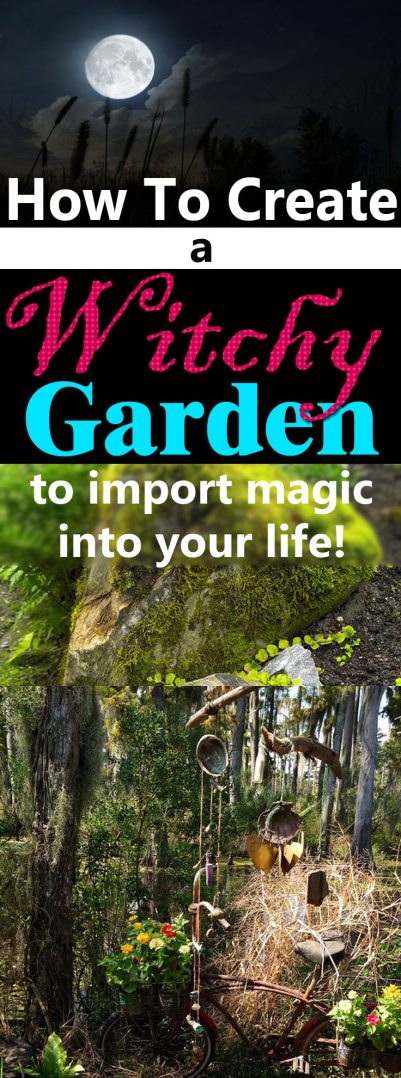
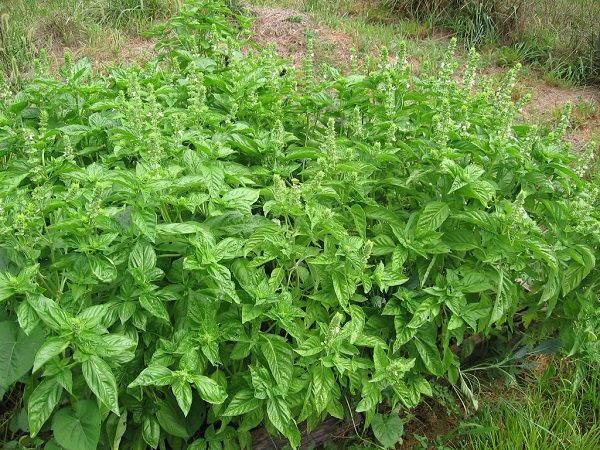
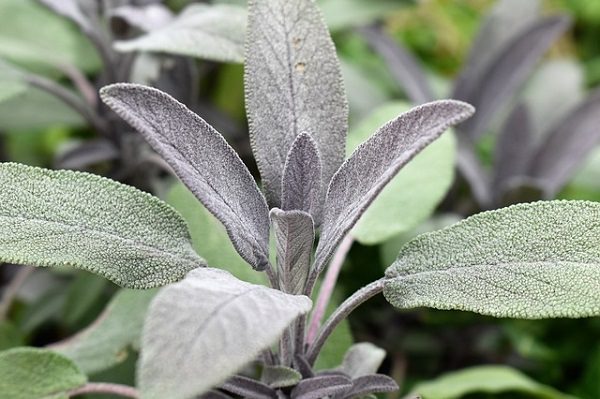
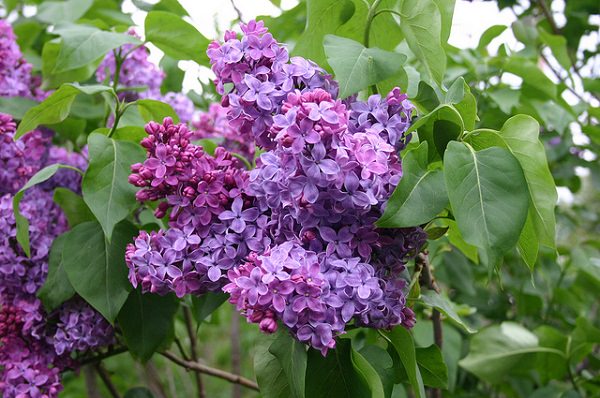
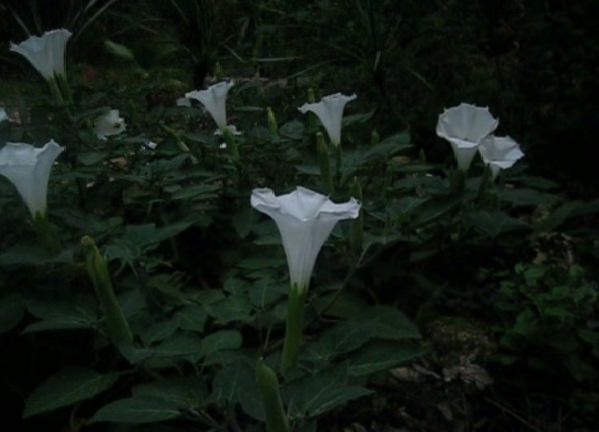
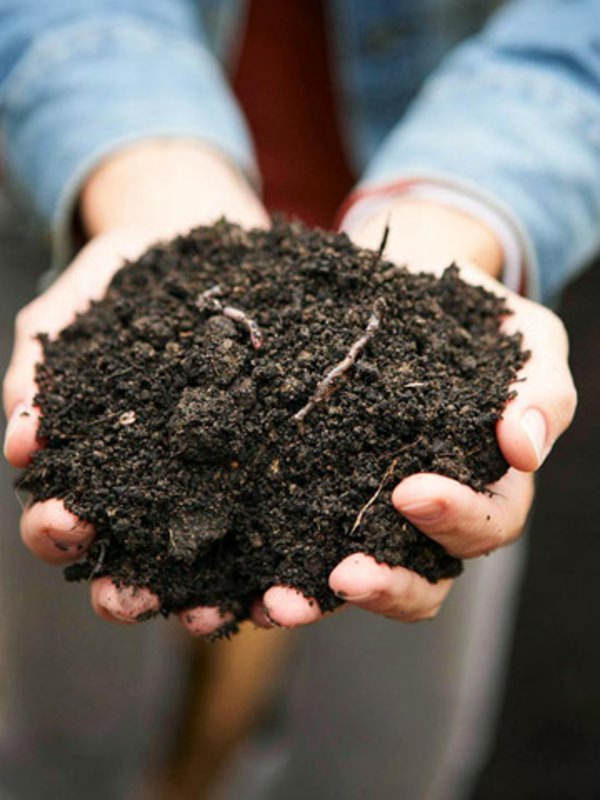




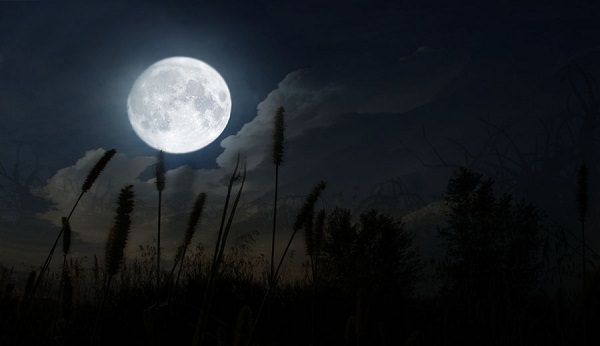

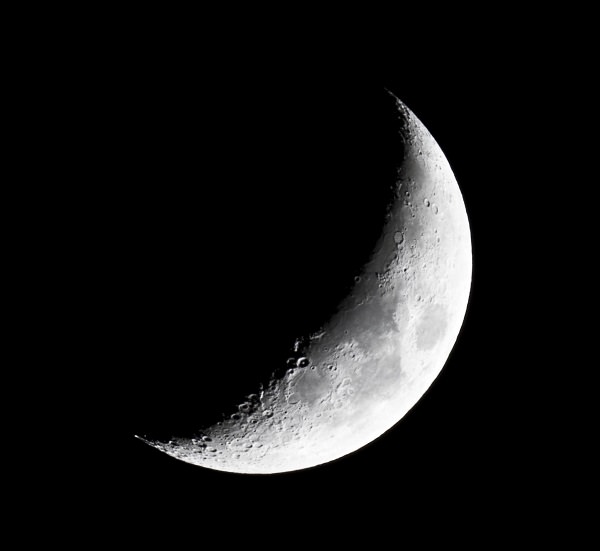
Found this article via the comment and link you left on our blog. Do you mind if I refer people to your blog from ours?
LikeLike